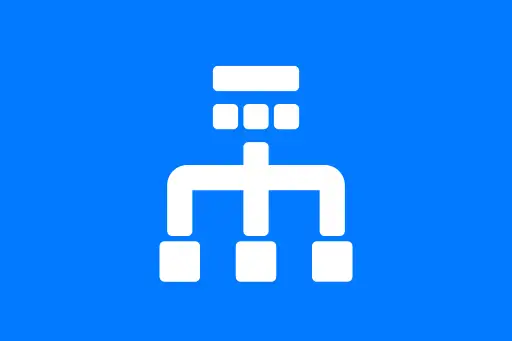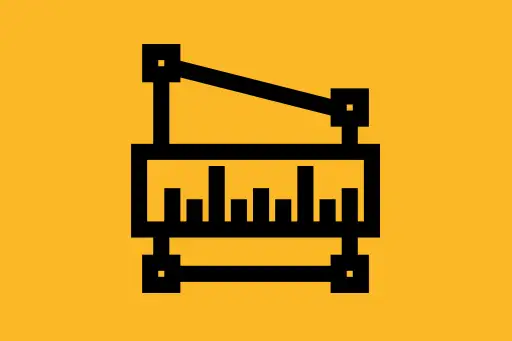Types of System Design: High-Level vs Low-Level
Introduction
When we build a software system, it's not just about writing code. It begins with designing the system. Design is usually split into two main phases: High-Level Design (HLD) and Low-Level Design (LLD). Understanding these two helps developers and architects break down complex systems into manageable components.
What is High-Level Design?
High-Level Design (HLD) provides a broad overview of the system. It describes how the system will be divided into different components or modules and how these components will interact with each other. HLD is more about what needs to be done and how the different parts are connected.
Key characteristics of HLD:
- Focuses on architecture and overall structure
- Defines major components like databases, APIs, and services
- Shows the flow of data between components
- Technology choices may be discussed at a high level
Example of HLD
Let's consider designing a basic ride-booking app like Uber.
High-Level Components:
- User Management Service (for login, signup)
- Ride Booking Service
- Notification Service
- Payment Service
- Database(s)
In an HLD diagram, we would show these components and draw arrows to indicate how they talk to each other. For example, when a user books a ride, the Ride Booking Service may communicate with the User Service and Payment Service before sending a confirmation through the Notification Service.
Beginner Intuition Check:
Question: At the HLD stage, do we decide whether we use Python or Java?
Answer: No. HLD does not focus on language-level decisions. It deals with how the system components are organized, not how they are implemented.
What is Low-Level Design?
Low-Level Design (LLD) dives into the internal structure of each component defined in HLD. It answers the question: How will we implement each piece of the system?
Key characteristics of LLD:
- Focuses on class diagrams, method-level details, and database schema
- Defines data structures and algorithms
- Includes specific language and framework choices
- Defines error handling and edge cases
Example of LLD
Continuing with the ride-booking app example, let’s look deeper into the Ride Booking Service component.
Low-Level Design Details:
RideServiceclass with methods likerequestRide(),cancelRide(),assignDriver()RideRepositoryclass to interact with the database- Database tables like
rides,users,drivers - Error handling for situations like no drivers available
This level of design might also specify that we use Spring Boot in Java and PostgreSQL for storage. It defines how the Ride Booking Service’s logic is written and how it accesses or updates data.
Beginner Intuition Check:
Question: Is LLD like writing code?
Answer: It's one step before coding. In LLD, you plan every detail so that when coding starts, developers just follow the blueprint.
Comparison Table: HLD vs LLD
| Aspect | High-Level Design (HLD) | Low-Level Design (LLD) |
|---|---|---|
| Purpose | Defines architecture and modules | Defines internal logic of modules |
| Detail Level | Abstract | Detailed |
| Audience | Architects, Stakeholders | Developers |
| Examples | Service interactions, data flow diagrams | Class diagrams, method specs, DB schema |
| Technology Decisions | Broad level | Specific frameworks/libraries |
When to Use HLD and LLD?
In a real-world project, HLD is done first to define the system scope and design. Once the HLD is finalized, each module is passed on for LLD, where developers and technical leads define how to build it step by step.
Question:
Why do we need both HLD and LLD? Can't we just jump to coding with a good plan?
Answer: Without HLD, we may not understand how different modules will work together. Without LLD, implementation will be inconsistent or incomplete. Together, they ensure structure and clarity at all stages of development.
Summary
- HLD gives a macro view of the system; LLD gives a micro view.
- HLD is useful for planning and communication; LLD is essential for implementation.
- Both are important for building scalable and maintainable systems.
Try This
Think of a simple application like a to-do list app. Try to write down:
- What modules you'd need (this is HLD)
- What classes and functions you'd write for each module (this is LLD)
Doing this exercise helps build the habit of separating concerns and designing systems step by step.
Next Topic ⮕Functional vs Non-Functional Requirements in System Design











Comments
Loading comments...